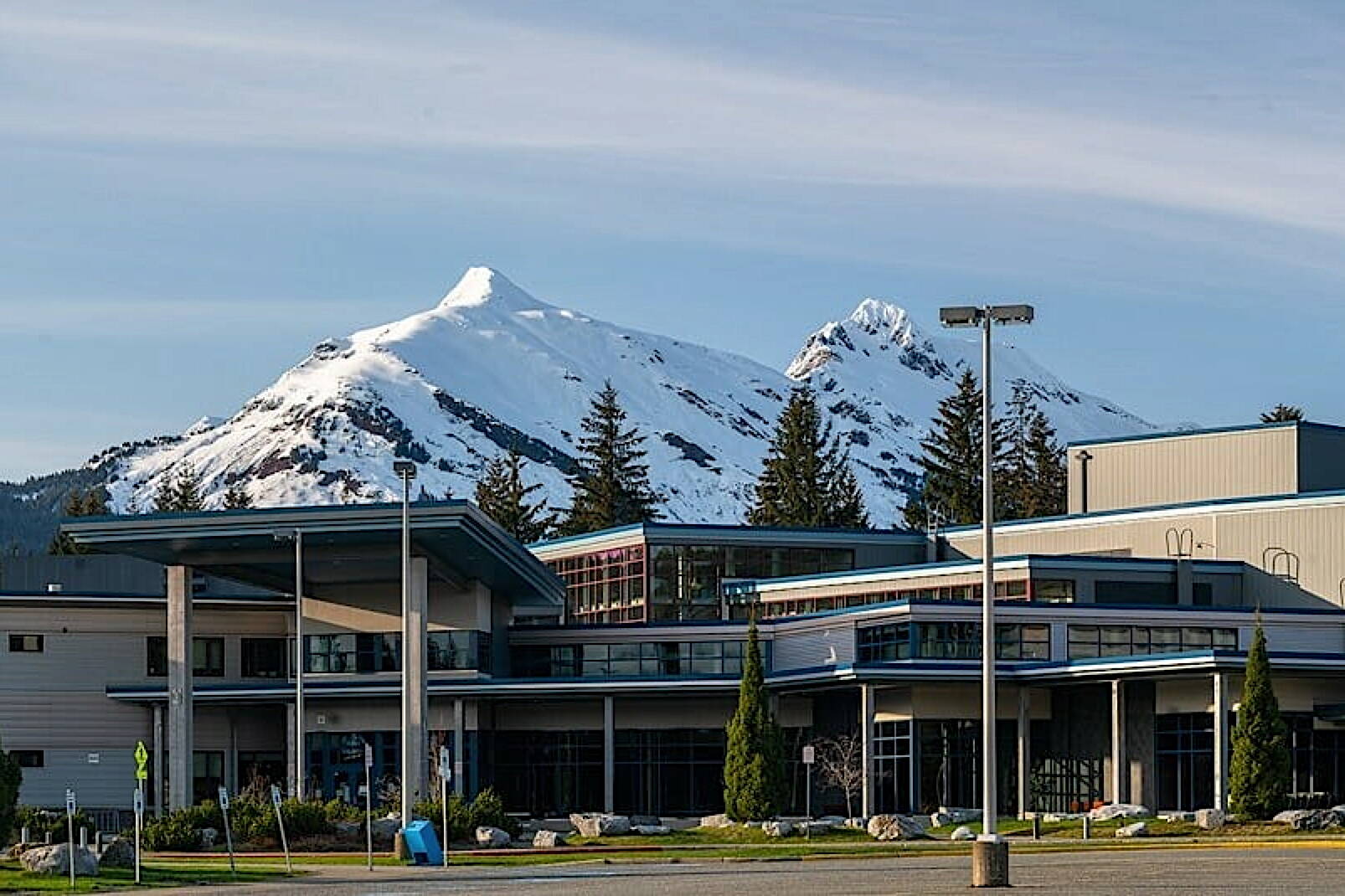According to the results of this year’s academic readiness tests only a third of all Alaska students are proficient in language arts and mathematics. Who should be blamed for such poor results? Public school administrators and teachers? Teachers’ unions? Lawmakers? Insufficient funding provided by Gov. Mike Dunleavy?
How about all the above with a huge, unhelpful hand from society at large.
Finger-pointing always invites defensive reactions. Education Commissioner Deena Bishop would like to avoid that. From her perspective, accepting the results for what they are allows everyone involved to apply the data obtained toward improving the education system.
The problem with that argument is we’re 40 years into the effort that began with the findings contained in “A Nation at Risk: The Imperative for Educational Reform.” Prepared under President Ronald Reagan, it was published by the National Commission on Excellence in Education in 1983.
If the actions taken in response to that had been successful, Congress wouldn’t have needed to pass the bipartisan No Child Left Behind Act (NCLB) two decades later. Had that been effective, the majority of students today would have passed this year’s tests with flying colors.
Terrance Bell was the secretary of education who appointed the 18 members of the commission. Born in 1921, his formative learning years were during the Great Depression. Commission members younger than him attended school during World War II. The hardships of those eras were powerful incentives that weren’t considered when assessing the accomplishments of the students who graduated well after them.
In the first paragraph their report, the commission expressed “justifiable pride in what our schools and colleges have historically accomplished and contributed to the United States and the well-being of its people.” But they warned “the educational foundations of our society are presently being eroded by a rising tide of mediocrity that threatens our very future as a Nation and a people.” And they believed American “society and its educational institutions” had “lost sight of the basic purposes of schooling, and of the high expectations and disciplined effort needed to attain them.”
But the implied criticism of society as a whole wasn’t reflected anywhere else in the report. They concluded “declines in educational performance are in large part the result of disturbing inadequacies in the way the educational process itself is often conducted.”
Looking back at their own experiences, they should have recognized the ways in which their formal education was supplemented by experiences outside the classroom. One of those was witnessing the early advances in information and entertainment technology. Movie theaters had recently graduated from silent film to “talkies.” Radios would soon become common household features.
But without television, reading remained a fundamental necessity to expanding a young person’s perception about everything in life.
Much of that generation modeled that value for their children partly through family subscriptions to newspapers. According to a 2011 study, between 1950 and the time “A Nation at Risk” was published, household subscriptions declined by almost 50%. It’s fallen another 25% since then.
The earlier decline can be attributed to the growth of cable television, which significantly increased the amount and variety of viewing opportunities for parents and their school-aged children.
Since time was one of the “four important aspects of the educational process” analyzed by the commission, they should have questioned if the emergence of cable TV negatively impacted the effort students put into their homework assignments. They did conclude “American students spend much less time on school work” than their peers in other countries. And what time they did spend was “often used ineffectively.” But without looking at any external factors, the commission blamed the schools for “not doing enough.”
We’re well beyond the cable TV era now. For most middle and high school students, text messages, social media threads, and video streaming on smartphones are far greater distractions.
And we adults aren’t necessarily the model of self-discipline for them.
We can make believe that public schools alone are responsible when more than half of their students fail to pass standard proficiency tests. But we’ll never understand the extent of the problem or how to solve it until we take into account the unintended consequences of the technological advances which have made our lives easier and more complicated.
• Rich Moniak is a Juneau resident and retired civil engineer with more than 25 years of experience working in the public sector. Columns, My Turns and Letters to the Editor represent the view of the author, not the view of the Juneau Empire. Have something to say? Here’s how to submit a My Turn or letter.

